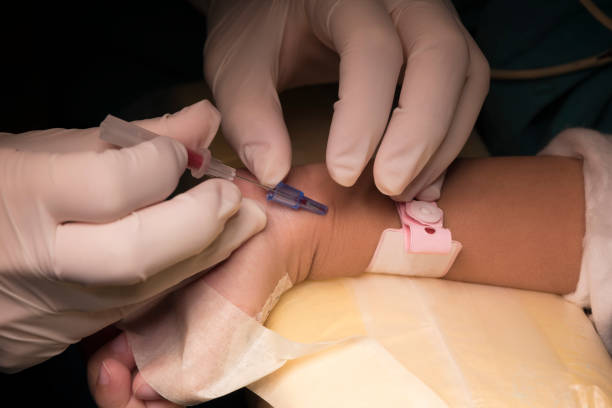Radial Arterial Line Placement Ultrasound
In critical care units, the insertion of a radial arterial catheter is a routine operation. Continuous blood pressure monitoring, regular arterial blood gas analysis, and frequent blood collection for diagnostic testing are all typical uses for radial artery catheters.
Why an ultrasound is needed?
Cannulation of the radial artery can be difficult. However, ultrasound guidance has shown to be a useful tool in the insertion of radial artery catheters. Real-time viewing of landmarks, enhanced pre-procedure planning, reduced problems, less time spent at the bedside, and increased first-attempt success rates are all advantages of ultrasound guidance.
Recommended ultrasound scanner:
A linear or vascular probe is used to locate the radial artery. The probe has to be positioned on the wrist (or along the forearm and wrist if there is no palpable pulse) along with anatomic landmarks if there is no palpable pulse.
Challenges:
The typical approach for placing a radial artery catheter involves palpating the pulse or looking for anatomic features. Unfortunately, up to 30% of patients may not be able to find the radial artery using anatomic landmarks. The radial pulse may be faint or nonexistent in individuals with severe hypotension, morbid obesity, and atherosclerosis, making it difficult to locate the artery through palpation.
Advantages of an ultrasound-guided procedure:
The number of tries necessary for effective catheter insertion is reduced by ultrasound guidance, as is the time to successful catheter placement and the number of hematomas.
Due to real-time imaging of the needle as it approaches the artery and surrounding tissues, ultrasound guidance decreases the risk of striking the nerve bundle and other structures around the artery. Because real-time guiding decreases the probability of striking underlying tissues including nerves, ligaments, and tendons, ultrasound should make this easier and lessen the risk of vascular damage and morbidity.


